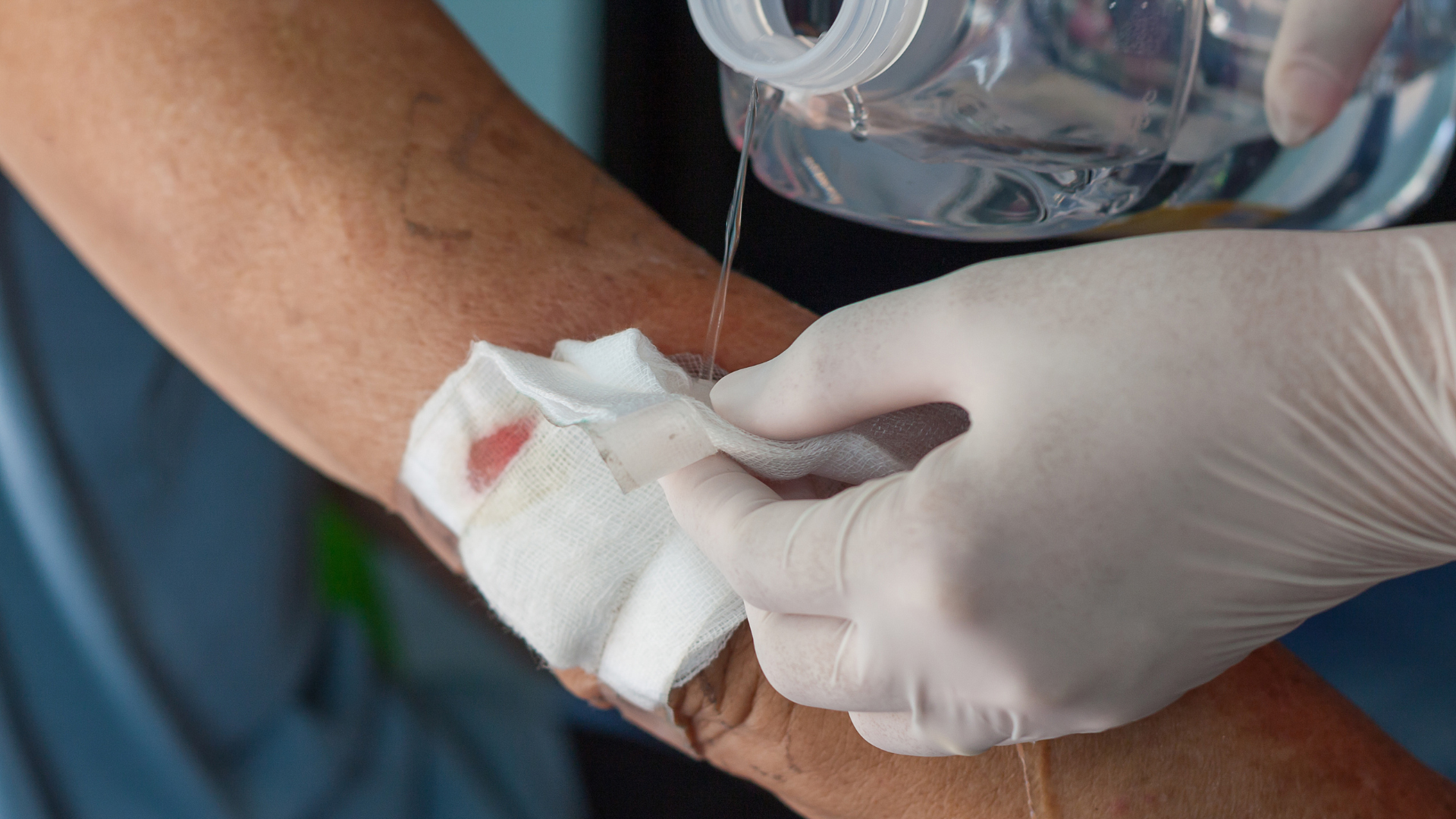
Correct Use of Hydrogen Peroxide in Wounds – Practical Guide
Learn how to correctly use hydrogen peroxide to clean and disinfect wounds without damaging tissues.
Hydrogen peroxide, or hydrogen peroxide, is a common product in first aid kits. As PVS, we have decided to create a useful article for our retailers and end users. Used to clean skin around wounds and prevent infections, its effervescent action helps remove dirt and debris. However, it is crucial to understand when and how to use it to avoid negative effects. This guide explores the correct use of hydrogen peroxide to ensure safe healing.
What is Hydrogen peroxide?
Hydrogen peroxide is a solution containing hydrogen peroxide (H₂O₂), usually 3% to 6% for household use. When applied near skin of a wound, it breaks down into water (H₂O) and oxygen (O₂), creating bubbles that remove necrotic material and reduce the risk of infection.
When to use hydrogen peroxide on wounds?
Hydrogen peroxide is useful for:
- Superficial wounds and cuts: For the initial cleaning of skin around cuts and scrapes.
How to use hydrogen peroxide correctly
- Clean the wound: Rinse with clean running water.
- Apply hydrogen peroxide: Pour or apply with sterile gauze around the wound.
- Rinse: Rinse with water or sterile saline solution the wound.
- Dry and cover: Dry with sterile gauze and cover.
When to avoid hydrogen peroxide?
Do not use hydrogen peroxide for:
- Deep or surgical wounds.
- Prolonged use: Avoid prolonged use to prevent irritation.
- Sutured wounds: May interfere with healing.
Alternatives to hydrogen peroxide Consider using sterile saline solutions or gentler disinfectants such as chlorhexidine.
Conclusion Hydrogen peroxide is useful for treating skin around wounds, but it should be used with caution, continue to follow us or discover the product on this page.




